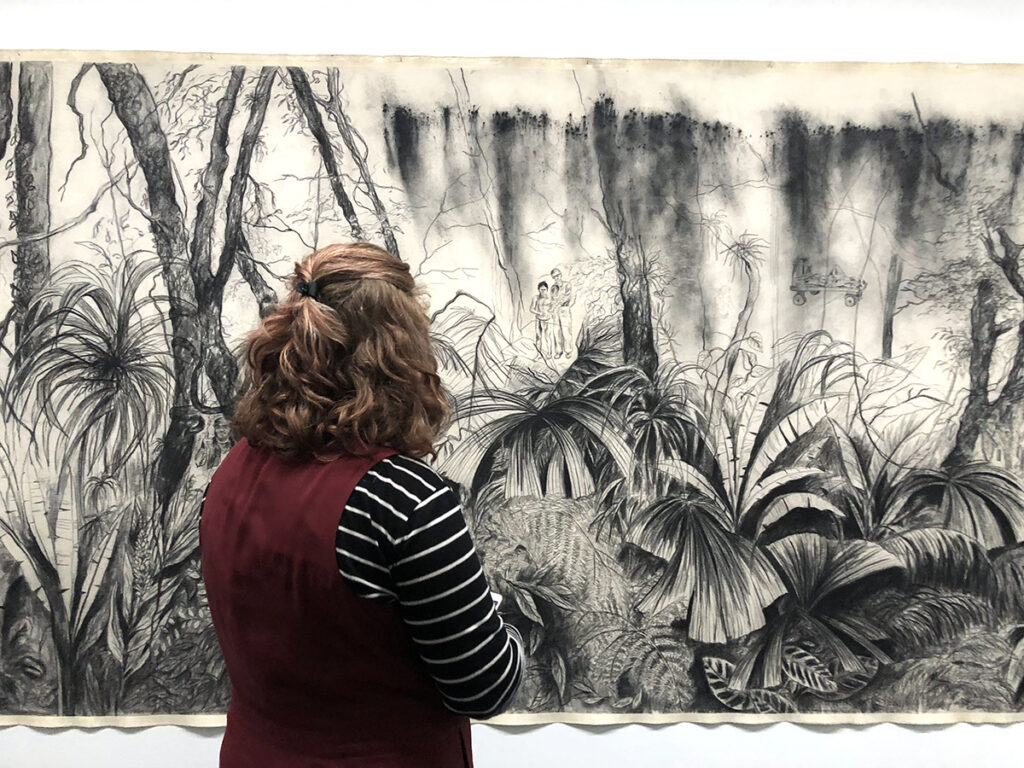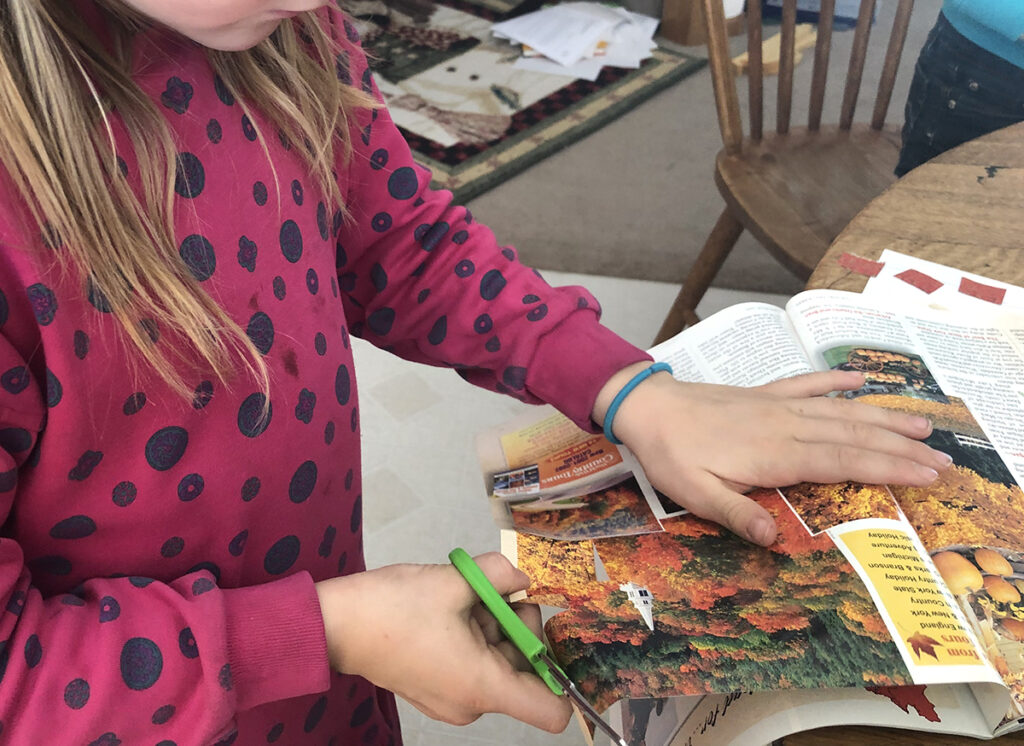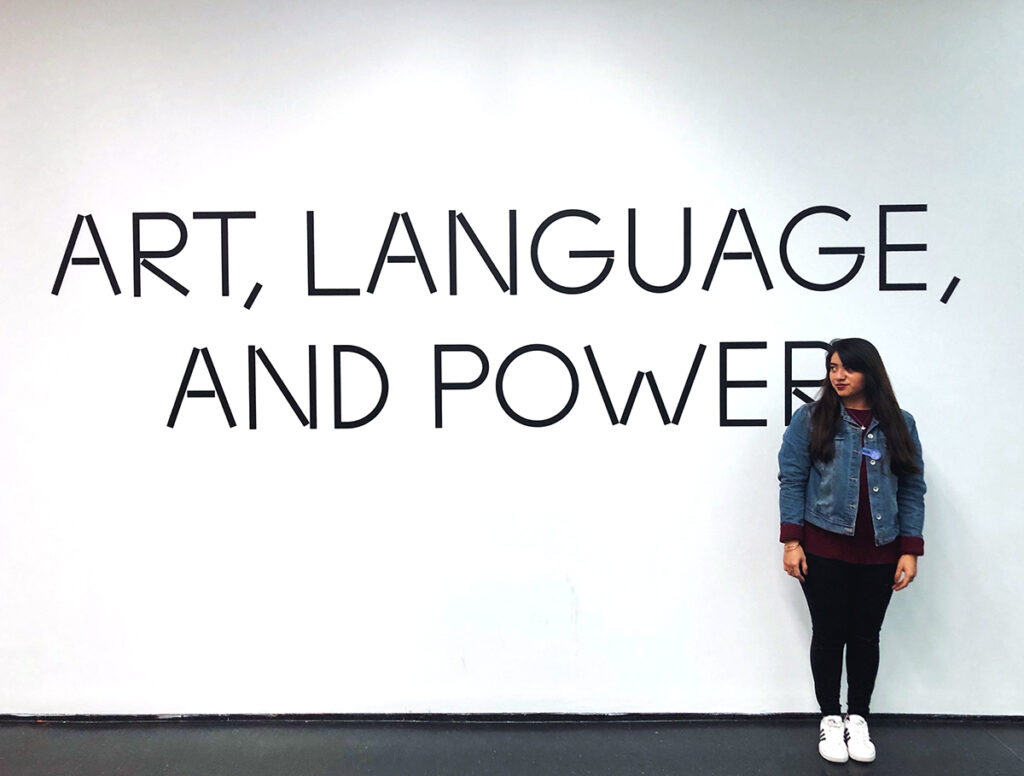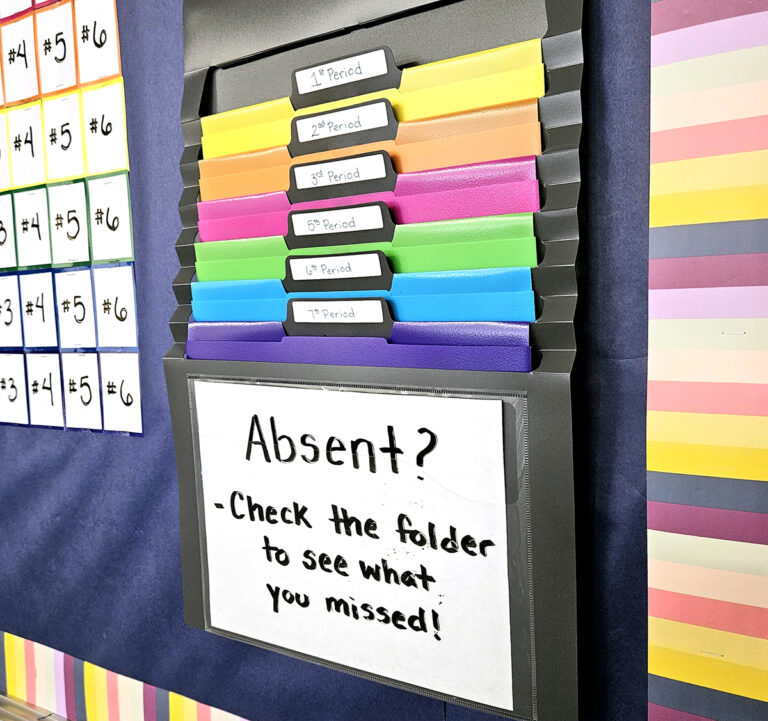Being an art teacher is no walk under twinkly holiday lights! The new year is here, and this reality is settling in all too quickly. To avoid wearing yourself out this semester, direct your mental time and energy with the Circles of Control.
Stephen Covey first introduced the idea of Circles of Control in his 1989 publication 7 Habits of Highly Effective People as a way to think about and respond to challenges. According to Covey, the distinguishing factor between a reactive and a proactive person recognizes that circumstances do not have to drive behaviors and attitudes.
Reactive people focus on what they can’t control. They spend unnecessary time worrying about matters that cannot change. Proactive people focus on what they can influence and control. Because you spend the majority of your waking week at school, concentrating on your art teacher life allows you to make effective changes in your daily routine.
Try this Circles of Control exercise to identify where you are spending your mental time and energy. Redirect your focus to save you from unnecessary stress!

1. Make a list of everything you spend time and energy thinking about daily as an art teacher.
As you brainstorm, zero in on thoughts that occupy your mind when you engage in your art teacher life. What do you worry about when at school? What causes you daily stress? What contributes the most to your Sunday scaries?
Write it down and draw three concentric circles on a separate page. You will now determine whether the items on your list are worth your concern or if you need to refocus some of your time and energy.
2. Fill in your outer Circle of Concern with circumstances you have little to no control over.
Title the outside circle on your page “Circle of Concern.” Look at your list and select all of the items you have little or no control over. Worry as you will, you cannot significantly change these things. Though these matters still merit concern, your mental time and energy will serve you better elsewhere.
Write these items in your outer Circle of Concern. Here are a few examples of what these out-of-your-control circumstances can be:
- Global health crisis
- Weather-specific or traffic-related delays
- District and educational lines
- Government or district policies
- Student home life
- Parent reactions
- Educational trends and practices
- Work colleagues and administration
- Differing philosophies and styles of teaching
- Mandated standards and curriculum

3. Add to your middle Circle of Influence matters you have a say in or can contribute to the outcome.
Think of your “Circle of Influence” as situations you can change with a little work. You can alter these things by contacting the right people, advocating, fundraising, organizing, furthering your education, or implementing new hacks. Though it may take a little time, energy, and work, you have influence here.
Write these items in your middle Circle of Influence. Here are a few examples of what these able-to-be-adjusted matters can be:
- Student behavior and well-being
- School policies and procedures
- Administrative support and championship
- Available budget and resources
- Professional development opportunities
- Student and colleague relationships
- Types and frequencies of assessments
- Work productivity and personal studio time
- Schedule workload and expectations
- After school commitments

4. Focus on your center Circle of Control and list aspects you have direct control over and the final say in.
Your “Circle of Control” is different from the previous Circle because you have direct and immediate control over these matters. You can make a change and put it into effect at a moment’s notice. These things depend on no one else but yourself. It’s important to note that you are the only thing you can control.
Write these items in your center Circle of Control. Here are a few examples of what these totally-up-to-you aspects can be:
- Your beliefs, values, and moral standing
- Your teaching philosophy
- Your methods and strategies of instruction
- Your organization and management tendencies
- Your communication style
- Your work ethic and accountability
- Your self-care habits and boundaries
- Your attitude and mindset
- Your choices and responses
- Your thoughts, actions, and words
5. Reflect on what you want to change to spend your mental time and energy more effectively.
Take a step back and look at your Circles. Which Circle is the most full? Where have you been spending the bulk of your time and energy? Do you need to make changes to your mental habits? As you reflect, there is likely some redirecting work you can do to save more of your mental time and energy.
Here’s how to redirect your time and energy:
- Pick one circumstance from your Circle of Concern that you will try to stop worrying about so much.
- Choose one matter you want to promote change in from your Circle of Influence.
- Determine one aspect of your life you want to transform right now from your Circle of Control.

Jumping back into the school year doesn’t have to be stressful if you know how to use your mental time and energy effectively. Come back to the Circles of Control to refocus your mind whenever you feel challenged and mentally exhausted. Proactively focus on what you can control, and it will make your art teacher life feel like a walk in a holiday park. Enjoy your stroll!
How are you currently spending your mental time and energy?
How did the Circles of Control help you refocus your mind and priorities?
What is one change you will make to your mental habits?
Magazine articles and podcasts are opinions of professional education contributors and do not necessarily represent the position of the Art of Education University (AOEU) or its academic offerings. Contributors use terms in the way they are most often talked about in the scope of their educational experiences.





